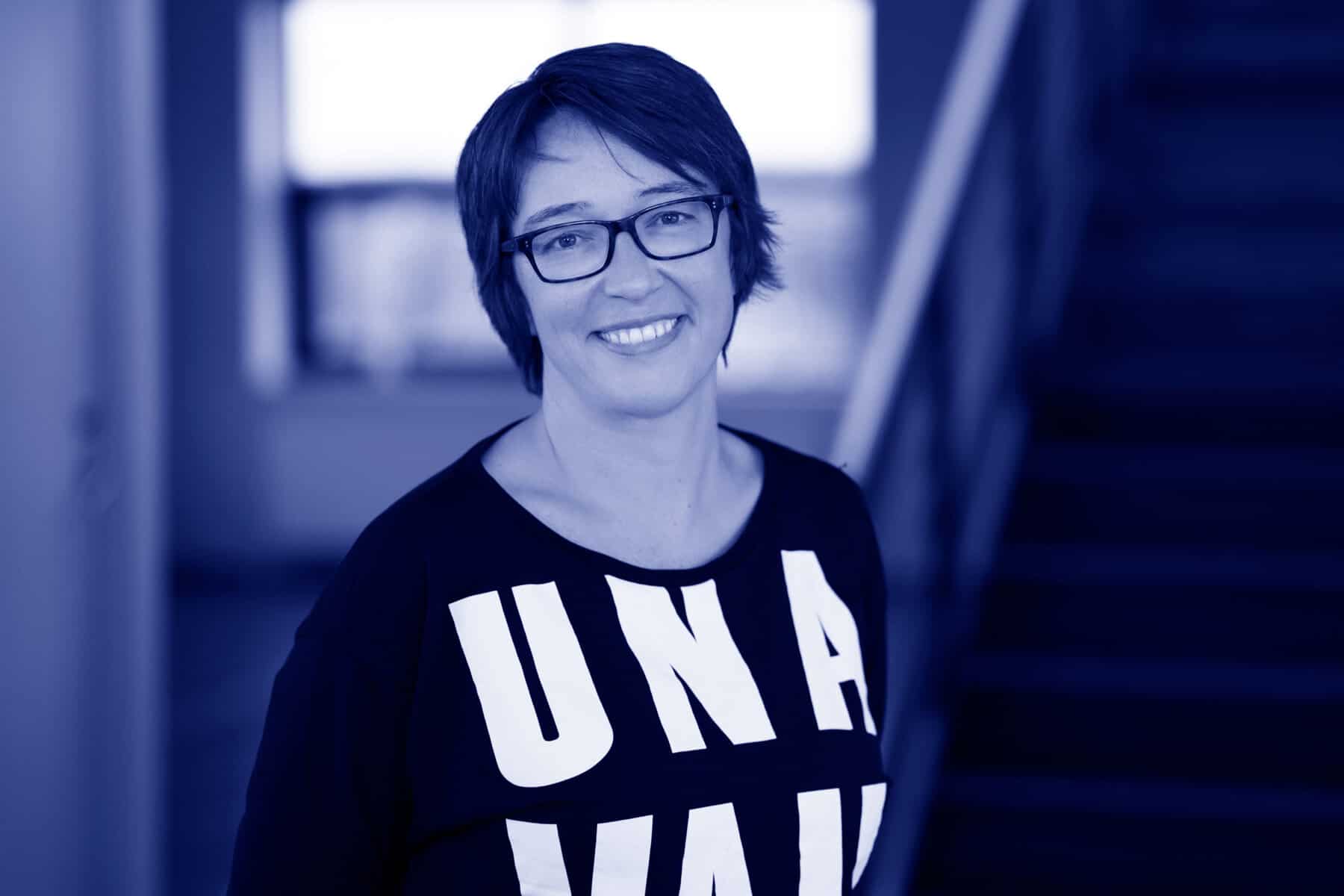This article references an older product of Assembly Voting, Assembly Voting X, which has now been replaced by our all-in-one voting solution Electa. To read more about Electa and what it has to offer, click here.
Automated election software from Assembly Voting provides every IDA member with a consistent, secure way to cast their votes.
People in the engineering field are known for close attention to detail and understanding the inner workings of complicated processes. That sets a high standard for any organization tasked with representing the best interests of a whole country’s worth of engineers and others with a STEM-education (Science, Technology, Engineering and Math). That is precisely the mission of IDA, Denmark’s largest society of engineers. Founded in 1995 out of a merger between two large trade organizations, the Danish Society of Engineers and the Association of Engineers, IDA now represents around 140,000 members working in STEM across Denmark and beyond.
IDA is governed by a Board of Representatives elected by the group’s 100,000 voting members (excluding student members, who are not eligible to vote). That’s a lot of members to account for, and the process is made all the more complex by IDA’s democratic structure. In any given election cycle, there are 12 to 14 political parties represented within the membership, all of whom are vying to fill 61 elected positions on the IDA board. That normally adds up to around 450 candidates per election.
Although the organization originally managed voting largely by post, staying on top of such a complex voting system became too big a job to handle manually as membership grew. That’s why IDA has worked with Assembly Voting since 2007. IDA’s Chief Political Consultant Kathrine Kofoed has been watching that relationship evolve since she began her role in 2010. “Ever since we started going online, it’s been Assembly Voting,” Kofoed says.
As the organization has moved more and more of its functions to the web, that relationship has been key to keeping things running smoothly. The Assembly Voting X system allows IDA members to register and vote using their public identification numbers, which Kofoed says has made it possible for even members who don’t have an email address on file to cast their votes.The system also makes it easy for members to register their votes no matter where they’re physically located. “Even members living abroad can vote as well,” Kofoed says.
Assembly voting allows IDA to set up a consistent, automated voting experience that gives every member ample opportunity to cast their votes. “We send out four emails: One main email that says we can vote now, and then three extra reminders. We also send out an SMS text, all with a direct link,” Kofoed says. “The members can just click the personalized link, ID themselves by the stated date, and then they can vote. We just write the text, give it to Assembly Voting and they send the emails and SMS texts out to the members. When the final voting is done, Assembly Voting sends us the results with the votes listed by party and by candidate.”
IDA elections have consistently run smoothly since coming online. “The entire system for voting is working quite well,” Kofoed says. “It’s easy for the members to cast their vote and it’s safe. For me, the safety is the most important part.”
Safety includes close attention to data privacy, always a key consideration for any European organization. “Assembly Voting doesn’t have direct access to our members,” Kofoed says. “We give them exactly the information they need under GDPR, and the members don’t have to worry about privacy.” Kofoed says that some members did initially raise concerns about the security of their votes in 2016 when IDA shifted to requiring public identification numbers for elections. “They didn’t have confidence in this system because it was new. There were a lot of questions. Assembly Voting gave an interview to “Ingeniøren” (the technology newspaper) explaining the set up that helped to answer most of those questions.”
“Now in the 2019 and 2022 elections, we had no concerns at all,” she says. “Nobody is questioning the system’s security”.
“Assembly Voting is offering support during the entire election. For the entire 16-day voting period, members can ask questions if they have any difficulty voting. We want to have everybody vote who wants to.”

The entire system for voting is working quite well, It’s easy for the members to cast their vote and it’s safe. For me, the safety is the most important part.
Kathrine Kofoed
Chief Political Consultant, IDA
Ultimately, IDA and Assembly Voting have worked so well together for so long because of open communication and a strong understanding of IDA’s needs. “We’ve been working with Assembly from the beginning, when it was just two guys starting up,” says Kofoed. “Every time we’ve had an election we always give a lot of feedback. They’re quite good about setting up meetings where we can go through the feedback, and if they can they make changes in time for the next election in three years. Because after all that time they know that our members know what they’re asking for.” Right now IDA is hoping for an updated web system for registration and presentation of the political parties and candidates.


